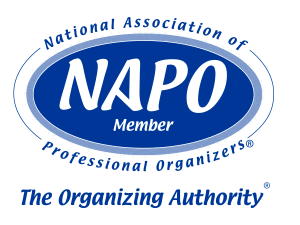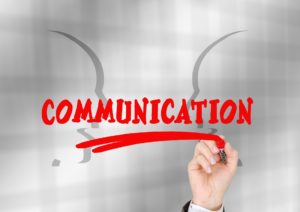 A week or so ago my husband and I went to a BBQ/pool party. I really didn’t have any intention to swim, so I didn’t wear a swimming suit, just normal backyard BBQ attire. As it turned out, having a suit on would have been handy when I dropped my iPhone in the pool!
A week or so ago my husband and I went to a BBQ/pool party. I really didn’t have any intention to swim, so I didn’t wear a swimming suit, just normal backyard BBQ attire. As it turned out, having a suit on would have been handy when I dropped my iPhone in the pool!
As you might imagine, it took me a minute to figure out what my next step was. Long story short, it took about five minutes for someone to fish my phone out of the pool. I was super-excited when the phone appeared to still be working . . . . and super-disappointed two minutes later when it stopped working. Immediately the phone went into a bag of rice and fingers were crossed that it would all be fine the next day. Well, the phone wasn’t fine, but surprisingly, I wasn’t very upset.
As we were driving home, my husband looked at me quizzically and said “I really thought you’d be more upset.” Then I got to thinking . . . . I’m surprised I’m not more upset too. Then it hit me.
Remember my last post when I talked a little bit about meditation and how it changes the brain? Below is a quick synopsis of a 2016 study on mindfulness and emotional regulation:
Simply put, the authors argued that individuals who are naturally mindful can effectively regulate their emotions even without meditation, but for those who are not naturally mindful, simply forcing oneself to be mindful “in the moment” is not enough — it is necessary to engage in mindfulness meditation in order to effectively regulate your emotions.
I’m generally a pretty emotional person. A couple of years ago I would have been so upset about the phone issue, I would have started berating myself with negative self-talk about my irresponsibility . . . right after I stopped crying about it. But my regular practice of mindful meditation kept those emotions in check.
Here’s how I see meditation making a positive impact on my life:
In the moment: I have a quick meditation if I need to destress in the moment. Closing my eyes and taking a few deep breaths I repeat “Stillness of mind, awareness of body.” This will reduce my heart rate and give me a moment of pause.
Daily: I meditate about 10 minutes almost every day. It sets my intention and starts my day in a calm place.
Cumulative: My blood pressure is low and my emotions are much more regulated. This serves me well in almost every situation.
So what did I learn?
- Mindful meditation works.
- Be more careful with my phone.
- If the phone goes swimming again, put it in a small plastic bag BEFORE you put it in rice. (The nice folks at the Apple store had to dig three pieces of rice out of the power port.) 🙂
What positive impact could mindfulness have on your life?
Cindy Jobs











